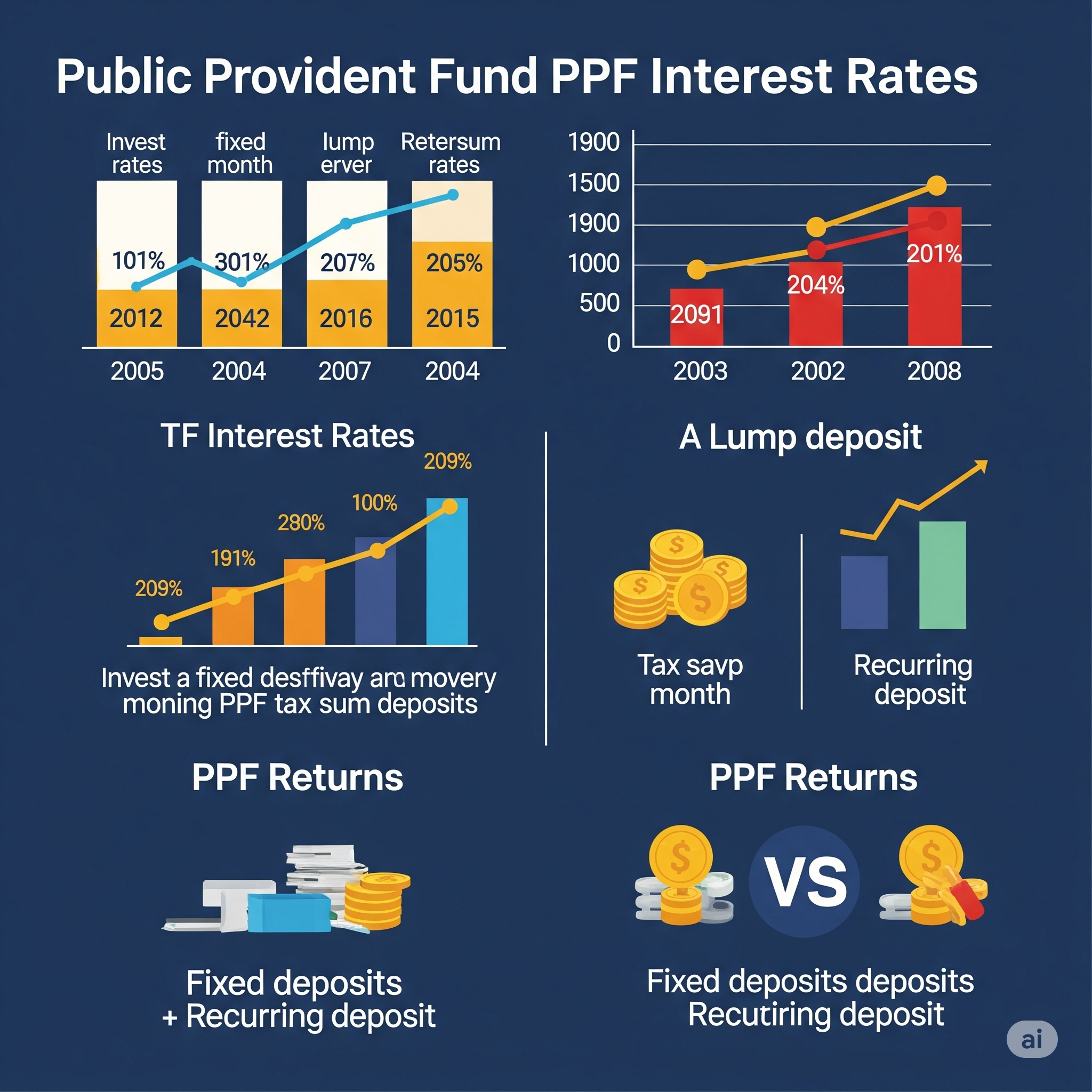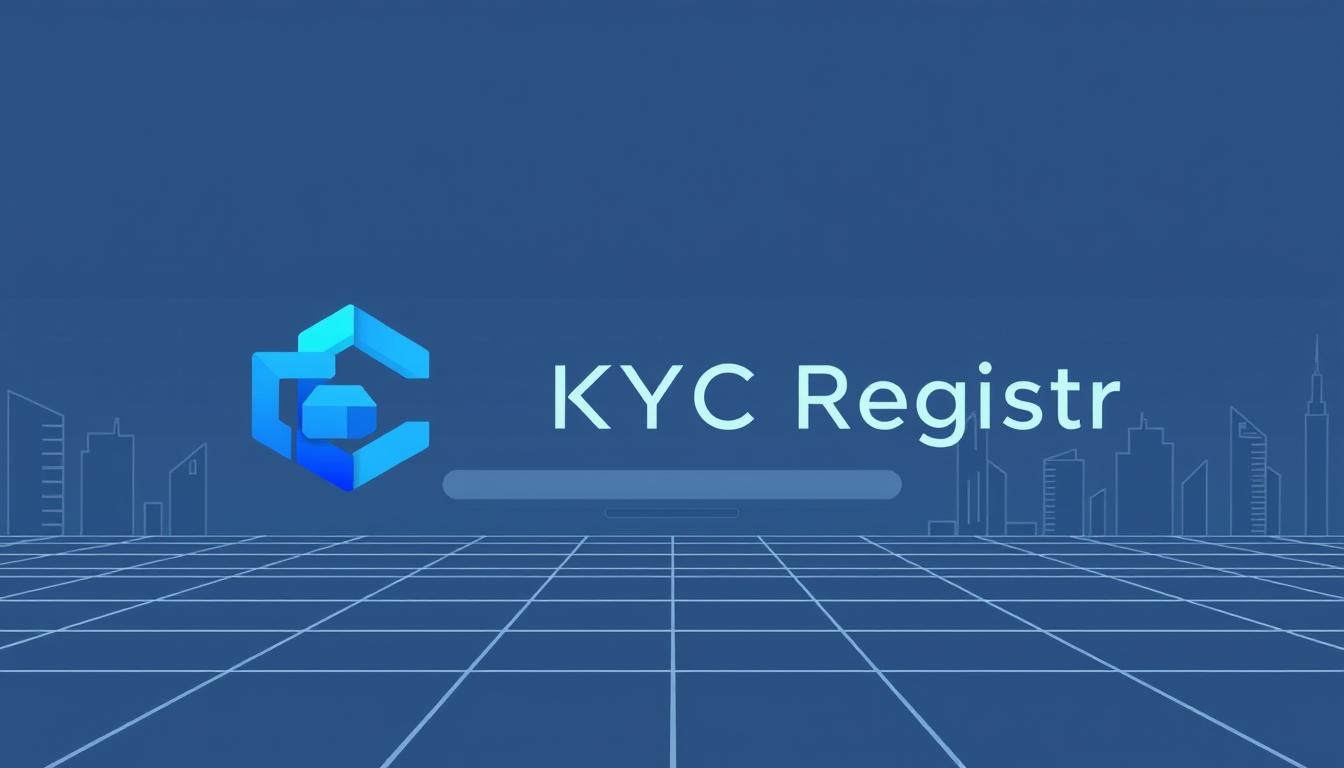The Employees’ Provident Fund (EPF) is a crucial retirement savings scheme in India, designed to provide financial security to employees after their working years. Both employers and employees contribute 12% of the basic salary each month to this fund.
Understanding the PF withdrawal process is vital for employees who need to access their funds for various life events or after retirement. This comprehensive guide will walk you through the eligibility criteria, documentation requirements, and both online and offline withdrawal methods.

Whether you’re planning for retirement or facing a financial emergency, knowing how to properly withdraw your EPF can help you access your hard-earned money efficiently.
Key Takeaways
- Understanding the EPF withdrawal process is crucial for accessing your retirement savings.
- The EPF is a significant retirement savings scheme in India, providing financial security.
- You can withdraw your EPF online or offline, depending on your convenience.
- Specific conditions allow for partial withdrawal of the EPF.
- Documentation requirements are essential for a smooth withdrawal process.
Understanding the Employees’ Provident Fund (EPF)
The EPF is a cornerstone of India’s social security framework, providing financial security to employees. It is a retirement savings scheme that has been instrumental in ensuring a stable financial future for millions of Indian workers.
What is EPF and Its Purpose
The Employees’ Provident Fund (EPF) is a savings scheme mandated by the Government of India, aimed at providing a financial safety net to employees upon retirement or in times of need. The EPF is managed by the Employees’ Provident Fund Organization (EPFO), which oversees the collection of contributions from employers and employees, and the disbursement of benefits.
The primary purpose of the EPF is to encourage employees to save a portion of their salary, which can be withdrawn under specific circumstances, such as retirement, medical emergencies, or housing needs.
Latest Updates on EPF for 2025
The EPFO has announced several updates to the EPF scheme, enhancing its benefits and simplifying the withdrawal process. For the financial year 2024-25, the EPF interest rate has been fixed at 8.25%, ensuring a competitive return for subscribers.
Notable updates include the reduction of validation steps for withdrawal claims from 27 to 18, with plans to further simplify the process to 16 steps. Additionally, the limit for auto-approved advance claims for medical emergencies under Para 68J has been increased to ₹1 lakh.
- The EPFO has maintained a competitive interest rate of 8.25% for the financial year 2024-25.
- The validation steps for withdrawal claims have been reduced, simplifying the process.
- The limit for auto-approved advance claims for medical emergencies has been increased to ₹1 lakh.
When Can You Withdraw Your PF?
PF withdrawal rules are designed to support various life events and financial needs. The Employees’ Provident Fund (EPF) provides a safety net for subscribers, allowing them to withdraw their savings under certain conditions.
Complete Withdrawal Conditions
You can completely withdraw your EPF savings when you reach the age of 58 or if you are no longer employed in an organization that is covered under the EPF scheme.
Additionally, if you have been unemployed for at least two months and are not covered under any other EPF or PF account, you can also withdraw your EPF savings.
Partial Withdrawal Scenarios
Partial withdrawals from your EPF account are permitted for specific life events and financial needs.
- For medical emergencies involving yourself or immediate family members, you can withdraw up to 6 times your monthly basic pay without any minimum service requirement.
- After completing 7 years of service, you can withdraw up to 50% of your EPF contribution for marriage expenses or post-matriculation education costs.
- Housing-related withdrawals are also common, with provisions allowing up to 24 times your monthly salary for land purchase and up to 36 times for house construction after 5 years of service.
- Pre-retirement partial withdrawal of up to 90% of your accumulated balance is permitted when you’re within one year of retirement.
PF Withdrawal Limits and Eligibility
Understanding the limits and eligibility for PF withdrawal is crucial for employees planning their financial futures. The EPFO has established specific guidelines to ensure that employees can access their provident fund savings under various circumstances.
Medical Purposes
Employees can withdraw their PF savings for medical purposes, including hospitalization or treatment of serious illnesses. The withdrawal limit varies based on the severity of the medical condition and the employee’s financial needs.
Marriage and Education
PF withdrawal is allowed for marriage and education expenses. Employees can access a portion of their savings to cover significant life events such as their own or their children’s marriage, as well as educational expenses.
Housing and Home Loans
For housing and home loans, employees can withdraw a significant portion of their PF savings. This provision helps employees purchase or construct a house, or repay home loans. The limit is typically a percentage of the accumulated balance.
Pre-Retirement Withdrawal
As employees approach retirement, they can withdraw up to 90% of their accumulated PF balance, including interest, if they are at least 54 years old and within one year of retirement. This provision helps employees manage their finances during the transition to retirement.
| Withdrawal Purpose | Eligibility Criteria | Withdrawal Limit |
|---|---|---|
| Medical Purposes | Serious illness or hospitalization | Varies based on medical condition |
| Marriage and Education | Employee or children’s marriage, education expenses | Percentage of accumulated balance |
| Housing and Home Loans | Purchase, construction, or repayment of home loan | Percentage of accumulated balance |
| Pre-Retirement | At least 54 years old and within 1 year of retirement | Up to 90% of accumulated balance |
How to Withdraw PF Online

You can withdraw your PF amount online through the EPFO’s official portal or mobile app. The online withdrawal process has been designed to be user-friendly, allowing members to easily access their funds when needed.
Prerequisites for Online Withdrawal
Before initiating an online withdrawal, certain prerequisites must be fulfilled. These include having an activated Universal Account Number (UAN) with complete KYC verification, which entails linking your Aadhaar, PAN, and bank account details to your UAN.
Key prerequisites: Activated UAN, complete KYC verification (Aadhaar, PAN, bank account details).
Step-by-Step Guide to Online Application
The online application process for PF withdrawal involves several straightforward steps:
1. Log in to the EPFO portal using your UAN and password.
2. Navigate to the ‘Online Claim’ section and select the type of claim you wish to file.
3. Fill in the required details, including the amount you wish to withdraw and the purpose of withdrawal.
4. Verify the details and submit your claim.
Ensure all details are accurate to avoid delays in processing.
Using the UMANG App for PF Withdrawal
The UMANG (Unified Mobile Application for New-age Governance) app provides a convenient mobile platform for EPF withdrawal. To use the UMANG app, download it from your device’s app store, register with your mobile number, and navigate to the EPFO services section.
Benefits of using UMANG: Simplified user interface, real-time tracking of claim status, push notifications, and access to other EPFO services.
Offline PF Withdrawal Process
For EPF members who prefer or need to use offline methods, the Employees’ Provident Fund Organization (EPFO) provides an alternative process for withdrawing their provident fund savings. This process is particularly useful for those who are not comfortable with online applications or face difficulties in using the digital platform.
Composite Claim Form (Aadhaar)
For EPF members who have linked their Aadhaar and bank details to their Universal Account Number (UAN), the Composite Claim Form (Aadhaar) is a simplified offline withdrawal option. This form streamlines the process by leveraging the Aadhaar-based verification. To use this form, members need to download it from the EPFO website, fill it with the required details, and submit it to the jurisdictional EPFO office along with the necessary documents.
Composite Claim Form (Non-Aadhaar)
For those who haven’t linked their Aadhaar and bank details to their UAN or don’t have an activated UAN, the Composite Claim Form (Non-Aadhaar) serves as an alternative offline withdrawal option. This form requires more extensive documentation, including identity proof, address proof, and a cancelled cheque or bank passbook copy. After filling the form, it needs to be attested by the current or previous employer’s authorized signatory. The completed form along with the required documents should be submitted to the respective jurisdictional EPFO office.
Documents Required for PF Withdrawal
Understanding the documents required for PF withdrawal is crucial to avoid any delays or complications in the process. The Employees’ Provident Fund Organization (EPFO) has specified certain documents that must be submitted along with the withdrawal application.
Mandatory Documents
The following documents are generally required for PF withdrawal:
- Proof of identity (Aadhaar, PAN, or Passport)
- Bank account details (cancelled cheque or bank statement)
- UAN (Universal Account Number) or PF account number
- Proof of date of birth
These documents are essential for verifying the applicant’s identity and ensuring the withdrawal amount is credited to the correct bank account.
Additional Documents for Specific Withdrawal Types
Depending on the purpose of withdrawal, additional documents may be required. For instance,
| Withdrawal Purpose | Additional Documents Required |
|---|---|
| Medical Emergency | Medical certificates, hospital bills, doctor’s prescriptions |
| Housing | Property papers, sale deed, approved building plans, loan sanction letters |
| Education | Fee receipts, admission letters, bonafide certificates |
| Marriage | Wedding invitation card, self-declaration stating relationship |
| Unemployment | Declaration of unemployment, attestation from a gazetted officer (if required) |
Tax Implications on PF Withdrawal
Understanding the tax implications of PF withdrawal is crucial for employees to make informed decisions about their EPF savings. The tax rules surrounding EPF withdrawal can significantly impact the amount an employee receives upon withdrawal.
Tax-Free Withdrawal Conditions
To qualify for tax-free EPF withdrawal, an employee must have completed five continuous years of service. If this condition is met, the entire EPF withdrawal amount is tax-free, regardless of the amount withdrawn.
Employees can avoid tax deductions at source (TDS) on their EPF withdrawal by ensuring they meet the five-year service criterion or by submitting Form 15G/15H if they are not liable to pay tax.
TDS Rules on Early Withdrawal
For early EPF withdrawals (before completing five years of service), TDS is applicable if the withdrawal amount exceeds Rs. 50,000. A TDS of 10% is deducted if the employee provides their PAN card; otherwise, the TDS rate is 30%. Employees can avoid TDS by submitting Form 15G or 15H, declaring their total income is below the taxable limit.
It’s essential for employees to understand these withdrawal rules and plan their EPF withdrawal accordingly to minimize tax liability. Even if TDS is not deducted, the tax liability remains if the five-year continuous service condition is not met, and the amount must be reported in the income tax return.
Important Forms for PF Withdrawal
To successfully withdraw your PF, it’s essential to be familiar with the necessary forms and their purposes. The Employees’ Provident Fund (EPF) provides various forms for different withdrawal scenarios, ensuring that members can access their savings under specific conditions.
EPF Form 19: Final Settlement
EPF Form 19 is used for the final settlement of your EPF account when you retire or leave your job permanently. This form is crucial for claiming your EPF savings after you’ve ceased to be a member of the EPF scheme. To fill out Form 19, you’ll need to provide details such as your UAN, member ID, and bank account information. Ensuring that your KYC details are up-to-date is vital for a smooth claim process.
EPF Form 31: Partial Withdrawal
EPF Form 31 is utilized for partial withdrawals from your EPF account. This form is applicable for various purposes such as medical emergencies, marriage, education, or housing. When filling out Form 31, you’ll need to specify the reason for withdrawal and provide supporting documents. The form requires details like your UAN, the amount you wish to withdraw, and your bank account information. It’s essential to verify that your account details are accurate to avoid any delays.
EPF Form 10C: Pension Withdrawal
EPF Form 10C is specifically designed for withdrawing or transferring your Employee Pension Scheme (EPS) amount. This form is relevant when you’re changing jobs, leaving the workforce before retirement age, or when you’ve reached the age of 58 and want to claim your pension benefits. To fill out Form 10C online, you’ll need to log in to the EPF portal, navigate to the ‘Claim’ section, and select “Only Pension Withdrawal (Form 10C).” The process involves verifying your details through Aadhaar OTP verification, making it essential that your Aadhaar is linked to your UAN and your mobile number is updated.
The key forms for PF withdrawal are EPF Form 19 for final settlement, EPF Form 31 for partial withdrawal, and EPF Form 10C for pension withdrawal. Each form serves a distinct purpose and requires specific details and supporting documents. Ensuring that your account details are accurate and up-to-date is crucial for a seamless withdrawal process.
- EPF Form 10C is used for withdrawing or transferring your EPS amount, separate from your EPF contribution.
- This form is relevant when changing jobs, leaving the workforce before retirement age, or claiming pension benefits at the age of 58.
- Form 10C can be submitted online through the UAN portal, requiring Aadhaar OTP verification.
How to Check Your PF Withdrawal Status
Once you’ve applied for PF withdrawal, you can track its status through various channels provided by the EPFO. Ensuring that you have all the necessary details and documentation is crucial for a smooth tracking process.
Online Status Tracking
The EPFO offers an online portal where you can check the status of your PF withdrawal. To do this, you’ll need to log in using your Universal Account Number (UAN) and password. Navigate to the ‘Claim’ section, where you’ll find the status of your withdrawal application. This online service is available 24/7, making it convenient to check your status at any time.
Customer Care and Support Options
If you encounter issues with your PF withdrawal or need assistance tracking your application, the EPFO offers multiple customer support channels. You can call their dedicated toll-free helpline at 14470 or use the missed call service at 9966044425 to receive your EPF account details.
| Support Channel | Contact Details |
|---|---|
| Toll-Free Helpline | 14470 |
| Missed Call Service | 9966044425 |
| SMS Service | SMS “EPFOHO UAN” to 7738299899 |
| Email Support | employeefeedback@epfindia.gov.in |
For more complex queries, you can email your concerns to the EPFO, including your UAN and claim reference number for faster resolution. Additionally, you can visit the regional EPFO offices in person for assistance with withdrawal applications or status inquiries.
Conclusion
Withdrawing your Provident Fund (PF) is a significant financial decision that requires a thorough understanding of the rules and regulations. The EPFO has significantly modernized the withdrawal process in recent years, making it more accessible through online applications via the UAN portal or UMANG app.
Understanding the withdrawal rules and eligibility criteria is crucial for a smooth withdrawal process. Whether you’re making a complete or partial withdrawal, knowing the required documents will help avoid delays. It’s also essential to keep your KYC details updated, including Aadhaar, PAN, and bank account information, to facilitate a seamless EPF withdrawal.
As an employee, it’s vital to be aware of the tax implications on withdrawal amounts, especially if you’re withdrawing before completing five years of continuous service. Staying informed about the latest updates, such as the planned introduction of UPI and ATM-based withdrawals in 2025, will help you make the most of your Provident Fund benefits. For assistance, utilize the various customer support channels provided by EPFO.









